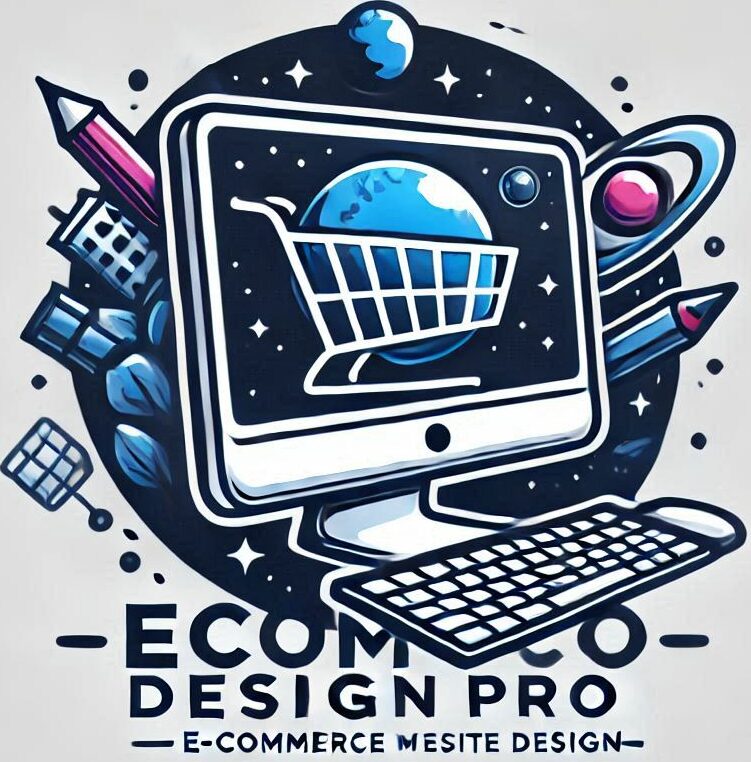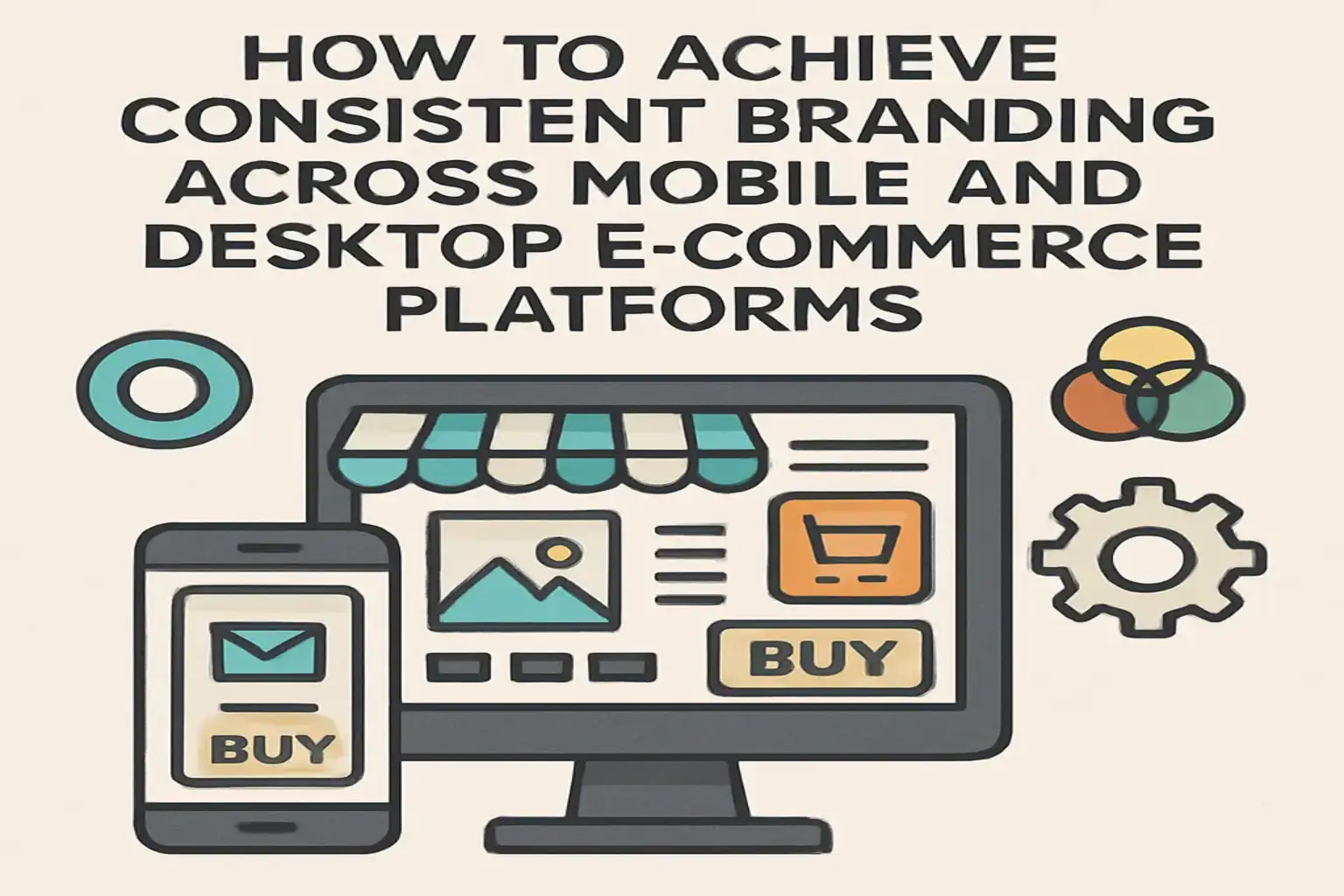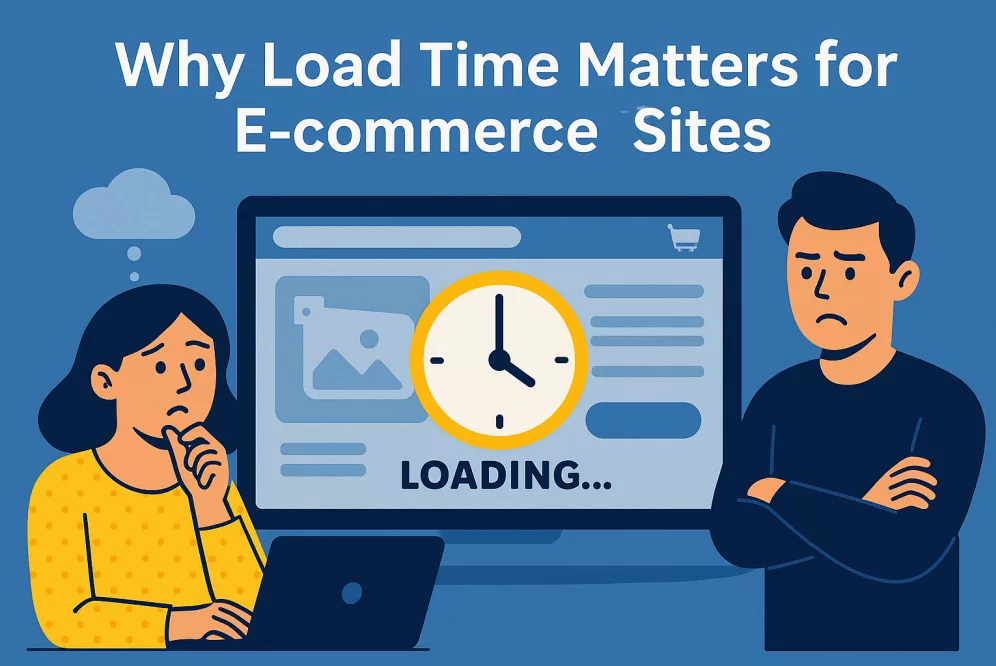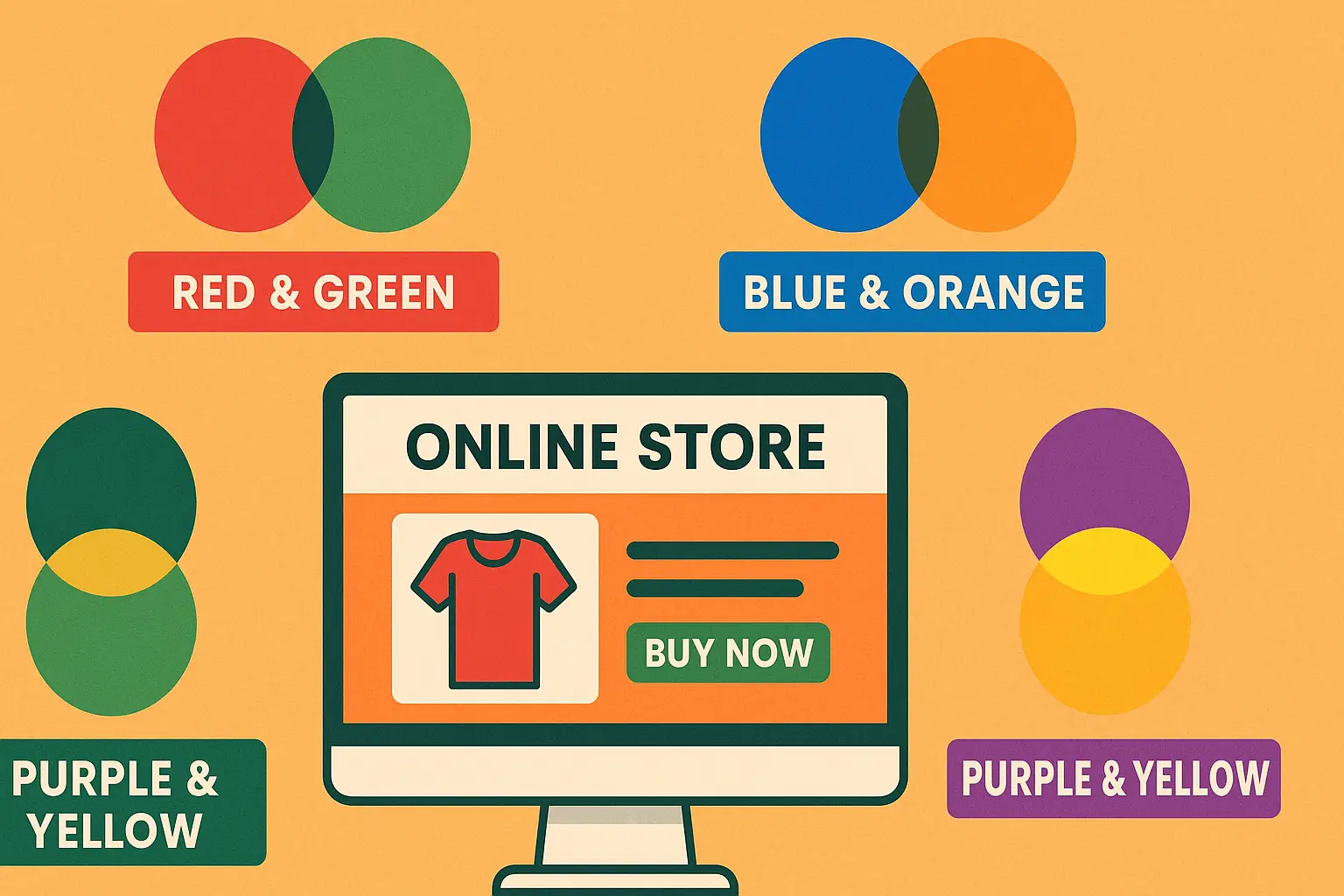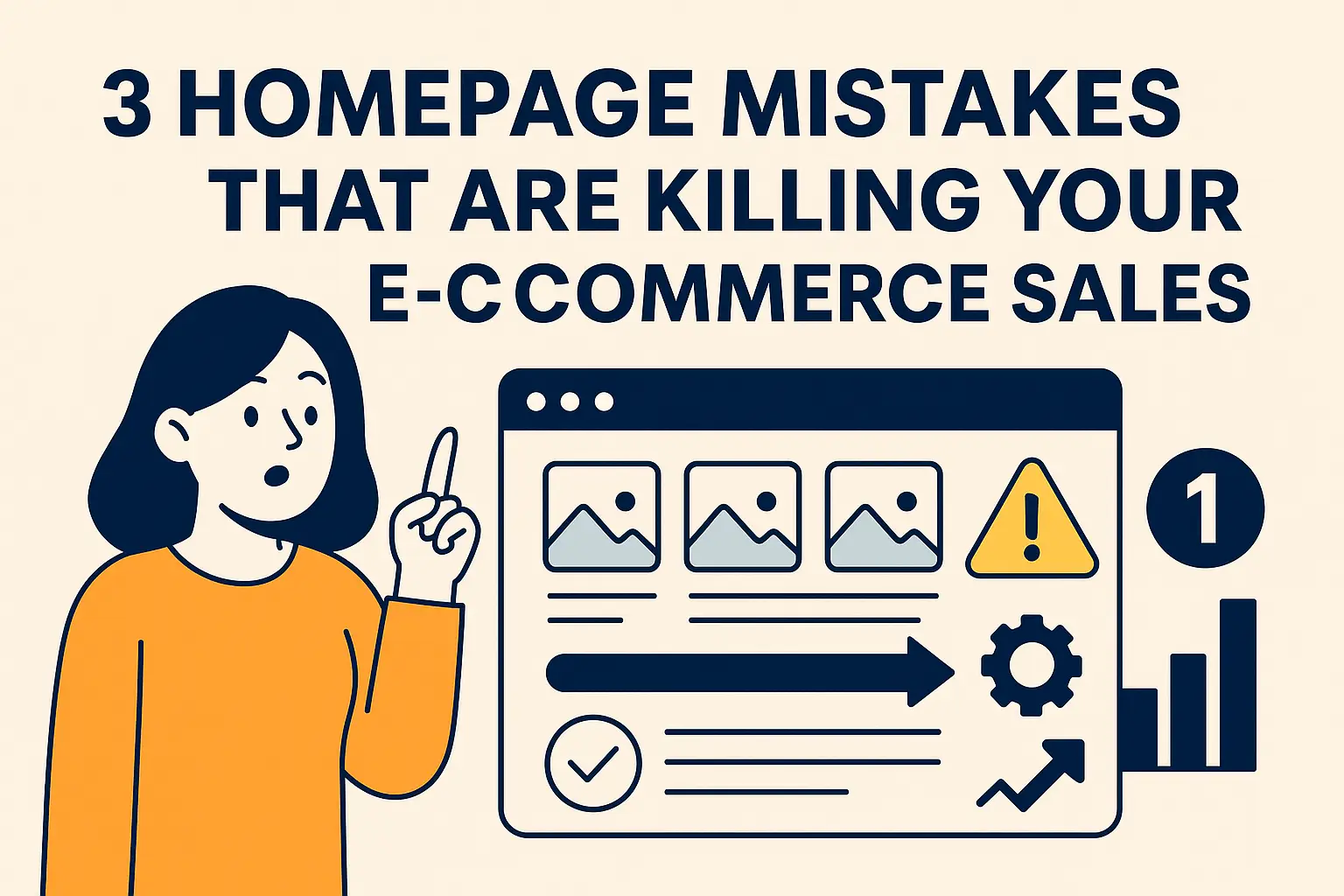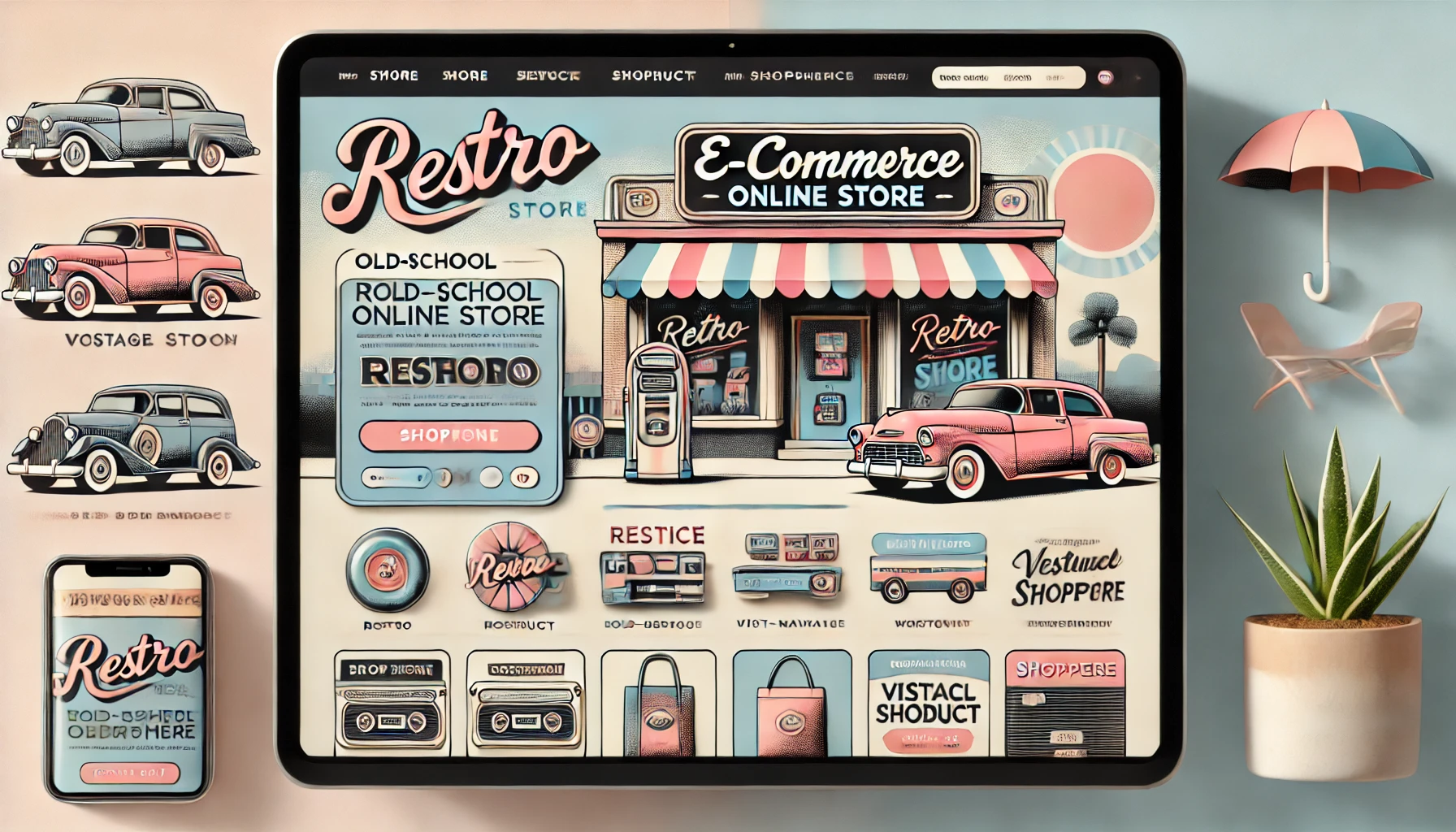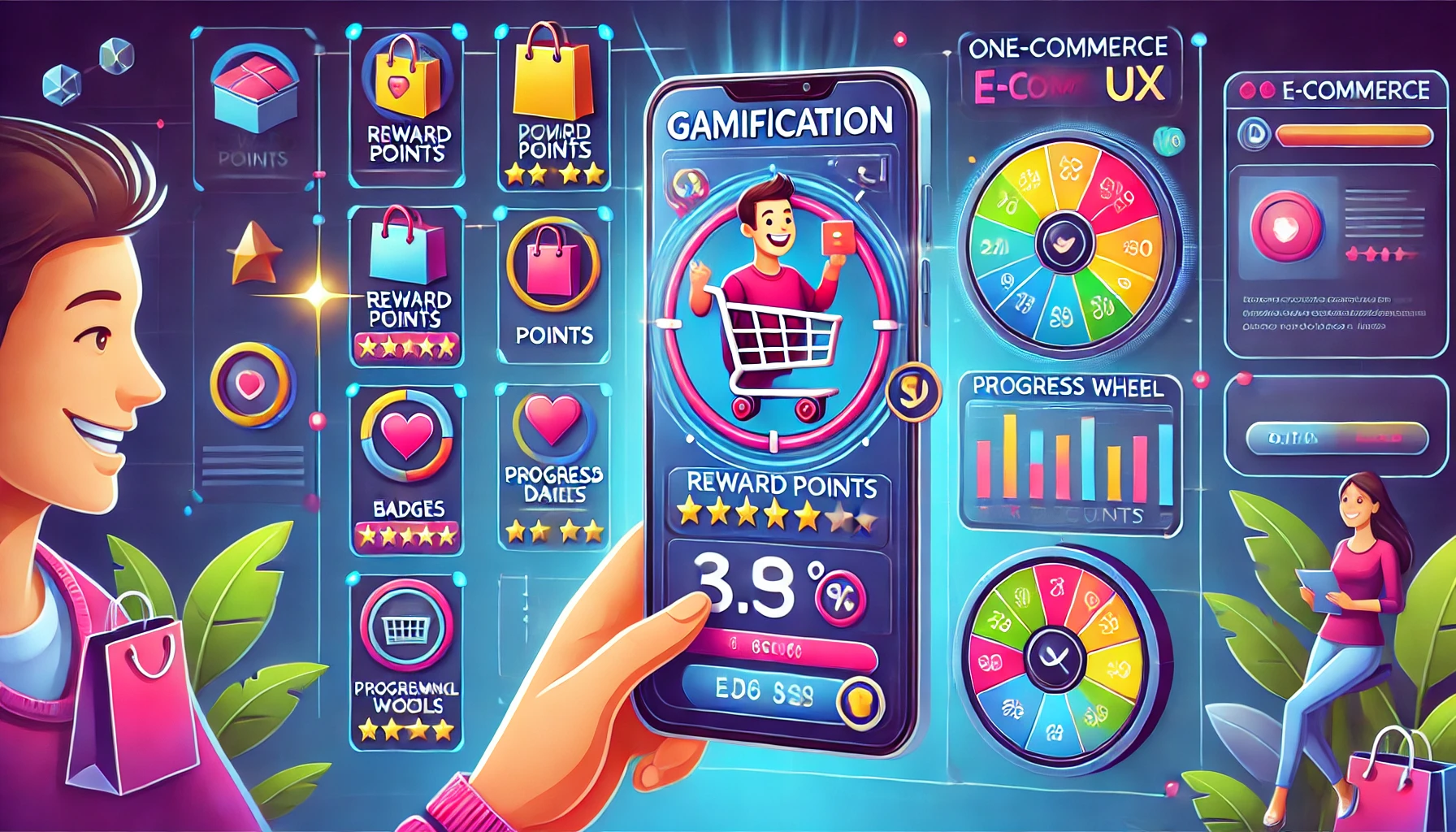How to Achieve Consistent Branding Across Mobile and Desktop E-commerce Platforms
In today’s digital age, e-commerce businesses face the challenge of maintaining consistent branding across platforms. Mobile and desktop experiences must align to build trust and recognition. A seamless brand presence enhances customer loyalty and sets businesses apart from competitors. Achieving this consistency requires a strategic approach, integrating design, marketing, and technology. Omnichannel retail strategies and marketing automation tools play crucial roles in this process. This guide will explore actionable steps to ensure your brand remains consistent across all e-commerce platforms. The Importance of Consistent Branding Consistent branding is essential for establishing a strong identity in the e-commerce marketplace. It ensures your brand is easily recognizable across different platforms and devices. A unified brand appearance bolsters customer confidence and fosters trust. When customers encounter a seamless brand experience, it leads to increased loyalty and retention. Consistent branding also helps reduce customer confusion by providing clear and uniform messaging. Key benefits of consistent branding include: Increased customer trust Enhanced brand loyalty Competitive differentiation A strong, consistent brand not only attracts new customers but also retains existing ones. It reinforces the value your business offers. Brand Recognition and Loyalty Brand recognition is pivotal in a crowded e-commerce space. Consistent branding enhances visibility, making it easier for customers to recall your business. A coherent brand presence across platforms builds loyalty over time. Customers appreciate familiarity and reliability. Steps to enhance recognition and loyalty: Use a unified color palette Implement consistent typography Maintain tone and messaging These strategies reinforce your brand identity and resonate with your audience consistently. Cross-Platform User Trust Trust is critical for successful e-commerce operations. Consistent branding across mobile and desktop platforms strengthens user confidence. When customers see the same brand elements on different devices, it reduces skepticism. It assures them of continuity and quality in your offerings. A unified appearance translates into trust and higher engagement, boosting your overall brand credibility. Understanding User Interface Design Across Platforms User interface design plays a vital role in maintaining brand consistency across different platforms. Each platform, be it mobile or desktop, presents unique challenges and opportunities. However, the core brand identity should remain recognizable. The best approach is to tailor the user interface to the medium while adhering to the brand’s visual elements. This involves careful planning and a deep understanding of user behavior on each platform. Important aspects to consider include: Consistent navigation structures … Read more
